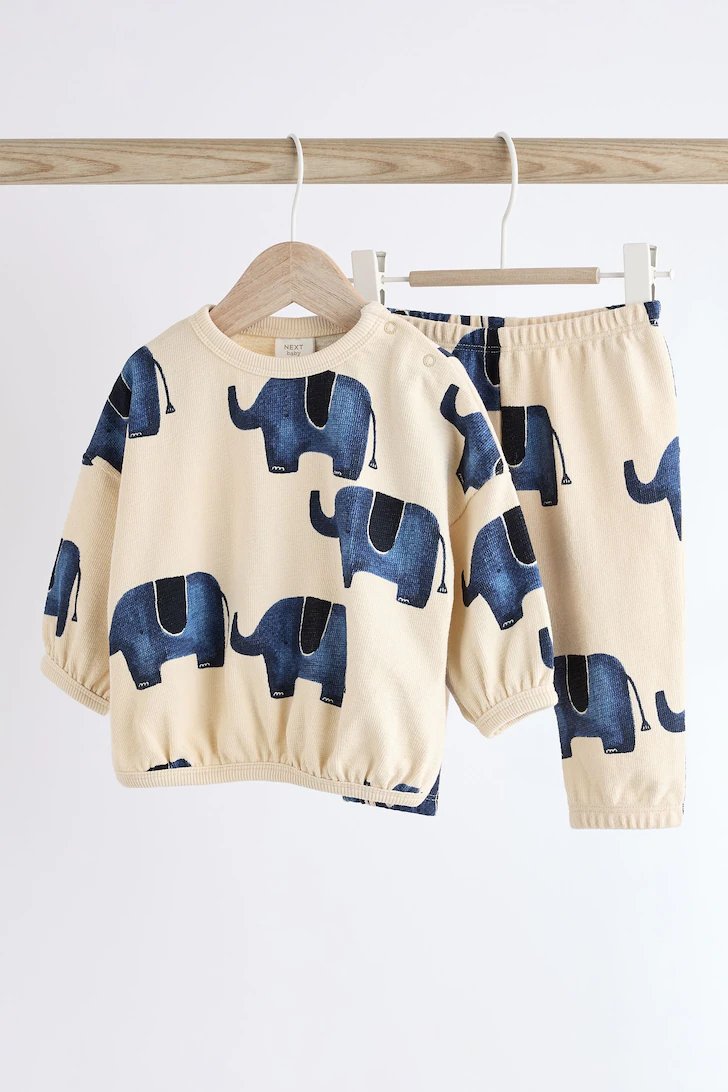Making nature’s value visible
The Economics of Ecosystems and Biodiversity (TEEB) is a global initiative focused on “making nature’s value visible”. Its principal objective is to mainstream the value of biodiversity and ecosystem services into decision-making at all levels.
Perhaps you’ve never heard of it.
It is curious that nature’s value is more than our entire global GDP and nature has been described by some academics as the ‘opium of the people’ - a direct steal from Marx’s description of religion. Yet, since the 1970s we have seen declines of 78% of species and are witnessing the sixth mass extinction of life on earth – driven by habitat destruction, overextraction, climate change, and pollution.
We love nature, yet we are the destroyers of nature.
I want to share with you some values of nature that you might not have heard of.
I want to bring the ecosystem services of nature to life so that we can be not just lovers of nature, but also come to understand its greater value at a systems level. I think only then will we not destroy it. Only then, will efforts to ‘save nature’ not be confined to iconic species, biodiversity hotspots, and national parks sustained by tourism.
Elephants as ecosystem engineers
An elephant ambles through a forest - what is it to you? An iconic and charismatic creature that we gaze upon? Or more than that?
I would argue much more - and here is just one example.
Elephants are incredible ‘ecosystem engineers’. They can rapidly reduce the density of trees smaller than 30cm in diameter. This changes light and water availability in the forest, leading to an increase in the average size of late-succession trees. These trees live longer, require less light and water to survive and they store more carbon than other trees.
Whales as carbon movers and storers
Great whales are the ocean's ecosystem engineers.
Just one way they influence their ecosystem, is through ‘whale pump’. Through releasing their faeces and urine near the surface of the ocean, whales transport nutrients upwards through the water column. Due to their migratory behaviour, they also transport nutrients around the ocean via the ‘whale conveyor belt’. These nutrients lead to growth of phytoplankton, and this phytoplankton captures carbon dioxide through photosynthesis.
The population of 12,00 sperm whales in the Southern Ocean alone captures 400,000 tonnes of carbon annually through their impact on phytoplankton. And it’s estimated that whales currently stimulate the capture of 100 million tonnes of carbon (equivalent to 370 million tonnes CO2), and this will increase by a further 100 million tonnes if their populations return to pre-whaling levels.
An additional 100 million tonnes. Let’s put that in perspective.
Billions are being invested into carbon removal technology (CDR), but annual demand is estimated to be somewhere between 40-200 million tonnes of CO2 by 2030.
So what?
I think these two examples start a conversation about how we value nature, especially species that are charismatic. Those species that simply gaze upon and value for this quality.
It is not just that these species are rather amazing ecosystem engineers too. Elephants and whales are migratory, and they do not conform to the spaces we ‘protect’ for them. They are also more intelligent than we understand. And they remind us of our violent history with them, that most of us viscerally turn away from.
Elephants and whales are so much more than just beautiful creatures.
We know that we can, and should, save them, but we can’t seem to value them for everything they provide - as engineers within a delicate system – and everything they rely on (that delicate system itself).
In this way, elephants and whales are the epitome of our hypocrisy with our natural world.
We are both lovers and destroyers of nature.
We love whales but our ocean acidifies, warms, and degrades. We love elephants but we continue to cut down trees and poach for their tusks.
We need to seek to understand the full value of nature, in order to protect our shared planet.






